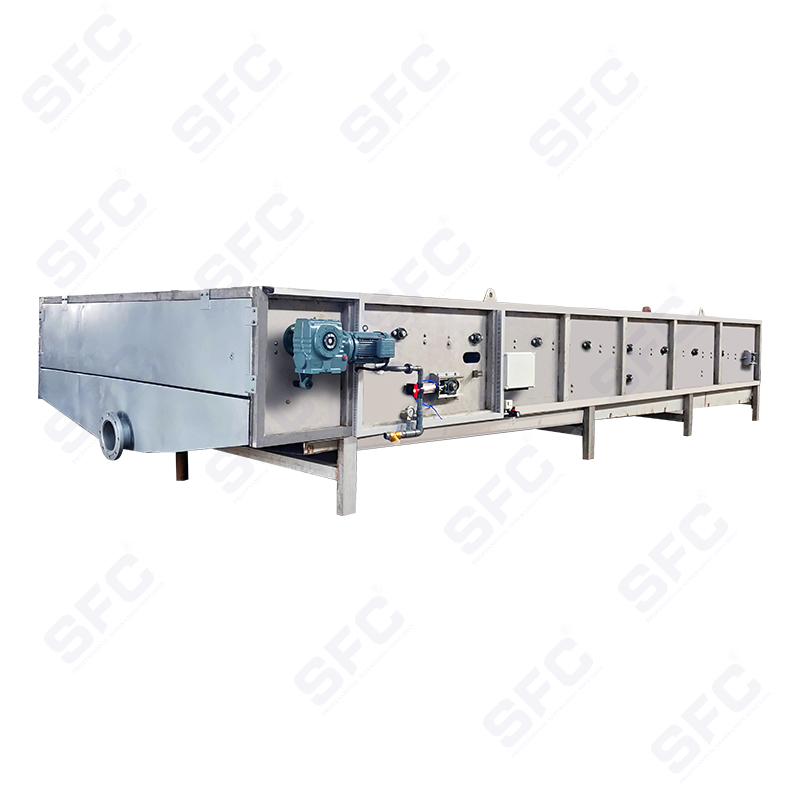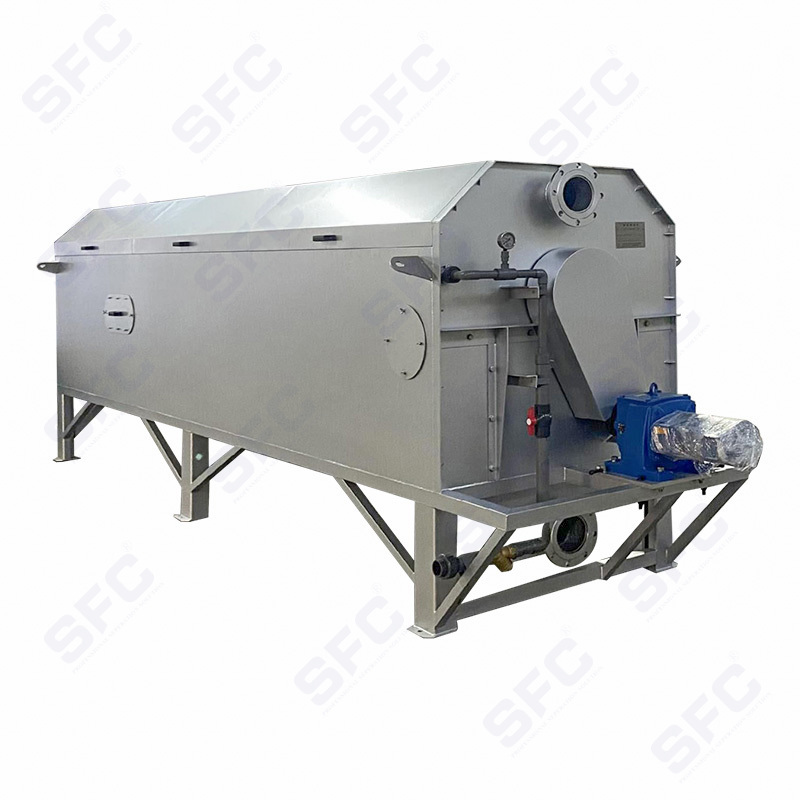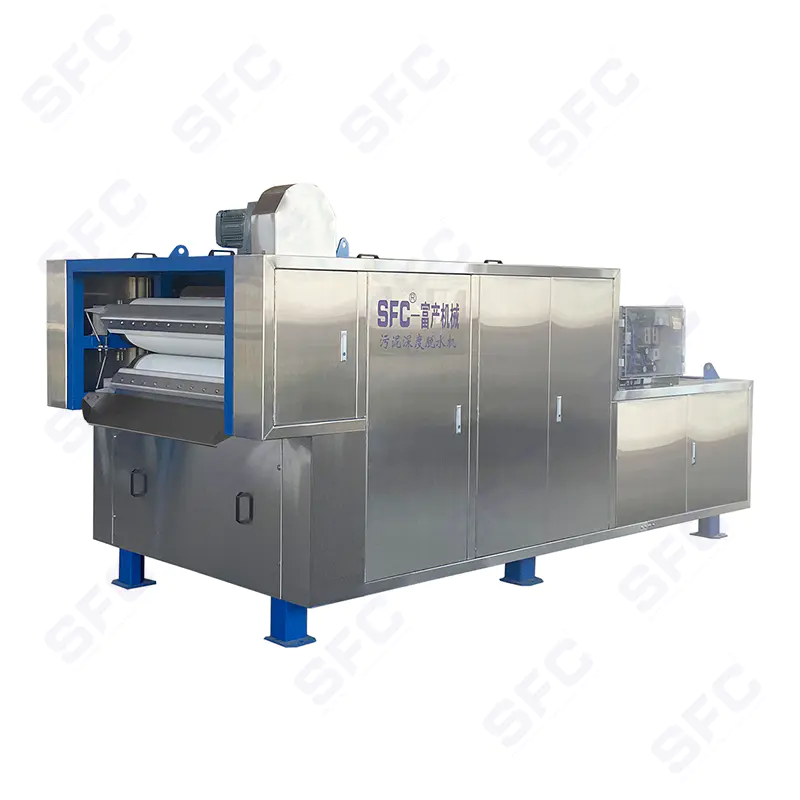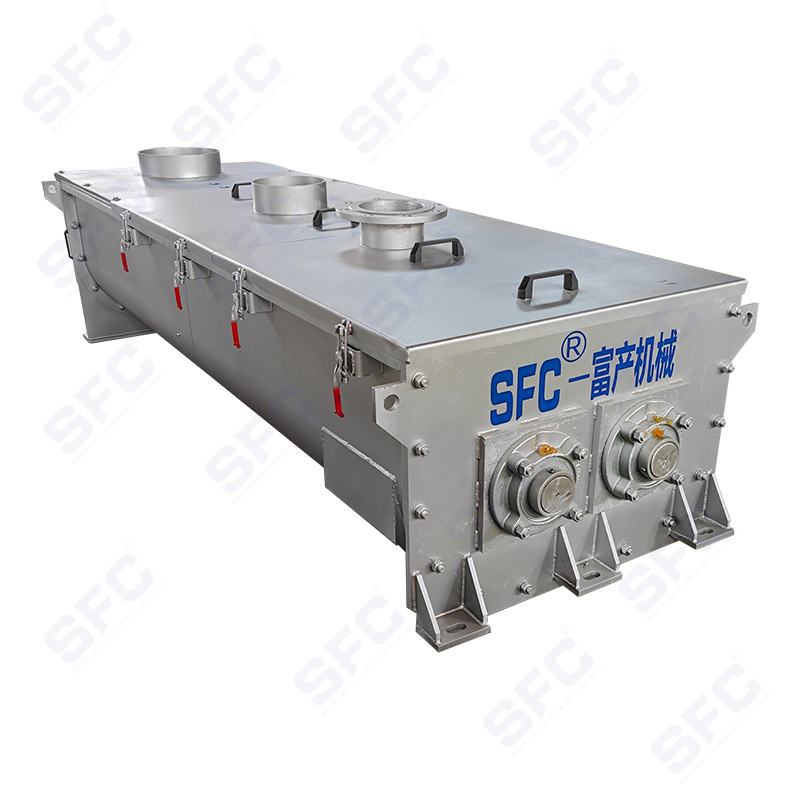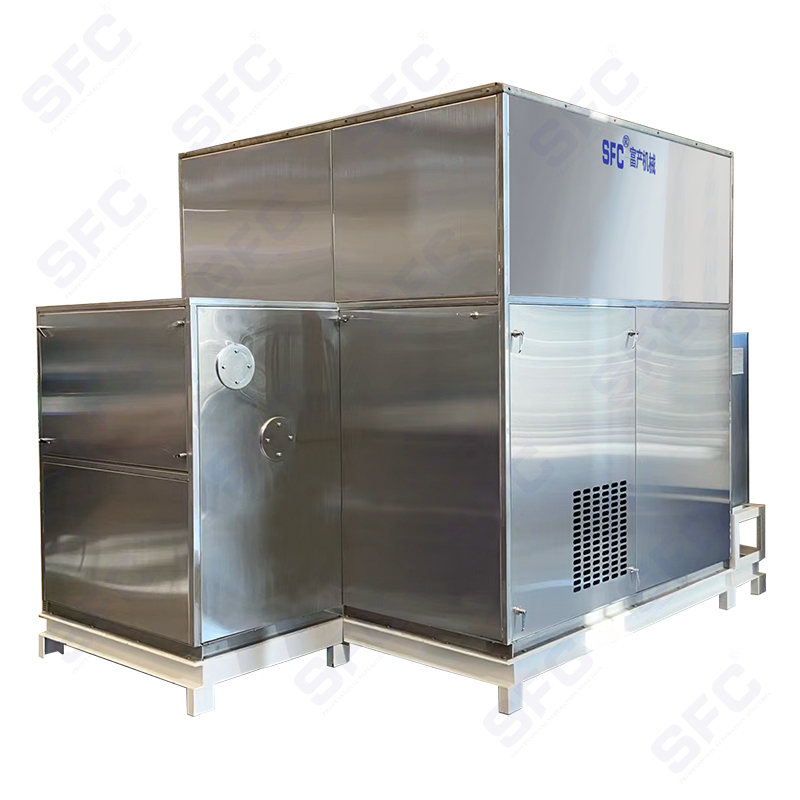What are the different types of sludge thickening equipment (gravity, mechanical, dissolved‑air flotation)?
Introduction to Sludge Thickening Equipment
Sludge thickening equipment plays a critical role in wastewater treatment by reducing the water content of sludge, thereby decreasing its volume and improving downstream handling and processing. By concentrating sludge before dewatering or disposal, treatment plants can save energy, reduce transportation costs, and improve operational efficiency.
Gravity Thickening Equipment
Gravity thickening is the simplest and most cost-effective method for concentrating sludge. This process relies on the natural settling of solids under the influence of gravity in large tanks or clarifiers. It is suitable for both primary and secondary sludge with moderate solid content.
Mechanism and Design
Gravity thickening equipment typically consists of a circular or rectangular tank equipped with a rotating scraper or rake system. The sludge settles to the bottom while the clarified supernatant is removed from the top. The rotating mechanism ensures uniform sludge movement and prevents dead zones where solids might accumulate unevenly.
Advantages of Gravity Thickening
- Low energy consumption due to reliance on natural settling.
- Simple operation and minimal maintenance requirements.
- Suitable for large volumes of sludge with moderate solid content.
Limitations
Gravity thickening is less effective for sludge with low settleable solids or high viscosity. The process can be slow and may require large tank footprints. Seasonal temperature variations can also affect settling rates.
Mechanical Thickening Equipment
Mechanical thickening uses equipment such as rotary drum thickeners, belt presses, or centrifuges to accelerate the concentration process. These systems are designed to handle sludge with a wide range of solid contents and improve efficiency compared to gravity thickening.

Rotary Drum Thickeners
Rotary drum thickeners consist of a slowly rotating drum with a fine mesh screen. Sludge is fed into the drum, and water drains through the screen while solids are transported to the discharge end. This method provides continuous operation and higher thickening efficiency.
Belt Press Thickeners
Belt press thickeners use a series of moving belts to squeeze water from the sludge. Mechanical rollers apply pressure, gradually reducing moisture content. This equipment is particularly effective for municipal and industrial sludges with higher solid content.
Centrifugal Thickeners
Centrifugal thickeners employ high-speed rotation to separate solids from water based on density differences. They achieve high thickening ratios in a compact footprint, making them suitable for plants with space constraints or for specialized industrial applications.
Advantages of Mechanical Thickening
- Faster processing compared to gravity methods.
- Handles a wider range of sludge types and solid concentrations.
- Compact design reduces the required footprint.
Limitations
Mechanical thickening equipment requires higher energy consumption and regular maintenance. Initial capital costs are generally higher than gravity thickening systems. Complex operation may necessitate trained personnel.
Dissolved-Air Flotation (DAF) Thickening
Dissolved-air flotation (DAF) is an advanced method that uses microbubbles of air to float solids to the surface. The sludge forms a thickened layer, which is then mechanically removed. This technique is especially effective for low-density, fine, or chemically treated sludge.
Mechanism
In DAF systems, water is saturated with air under high pressure and then released into the sludge at atmospheric pressure. The resulting microbubbles attach to sludge particles, increasing buoyancy. A skimmer collects the floated sludge, while clarified water exits the system.
Advantages of DAF Thickening
- Highly effective for fine or low-settling solids.
- Produces uniform thickened sludge with high solid content.
- Can handle sludges with chemical additives or coagulants.
Limitations
DAF systems are more expensive to install and operate, requiring energy for air compression and pumping. Regular maintenance of compressors, skimmers, and air saturators is essential. Proper chemical dosing may also be required to enhance flotation efficiency.
Comparison of Sludge Thickening Methods
| Type | Typical Solids Concentration | Advantages | Limitations |
| Gravity Thickening | 2–5% | Low cost, simple, low energy | Large footprint, slow, less effective for low-settling sludge |
| Mechanical Thickening | 4–8% | Fast, compact, versatile | Higher energy, more maintenance, costlier |
| DAF Thickening | 5–10% | Effective for fine or chemically treated sludge | High energy and operating cost, requires maintenance and chemicals |
Conclusion
Selecting the appropriate sludge thickening equipment depends on sludge type, plant capacity, available footprint, and budget. Gravity thickening is cost-effective for large volumes with moderate solids, mechanical thickeners provide faster processing and versatility, and DAF systems excel at handling fine or chemically treated sludge. Proper equipment selection ensures efficient sludge concentration, reduces downstream processing costs, and optimizes overall wastewater treatment operations.



 English
English Español
Español
